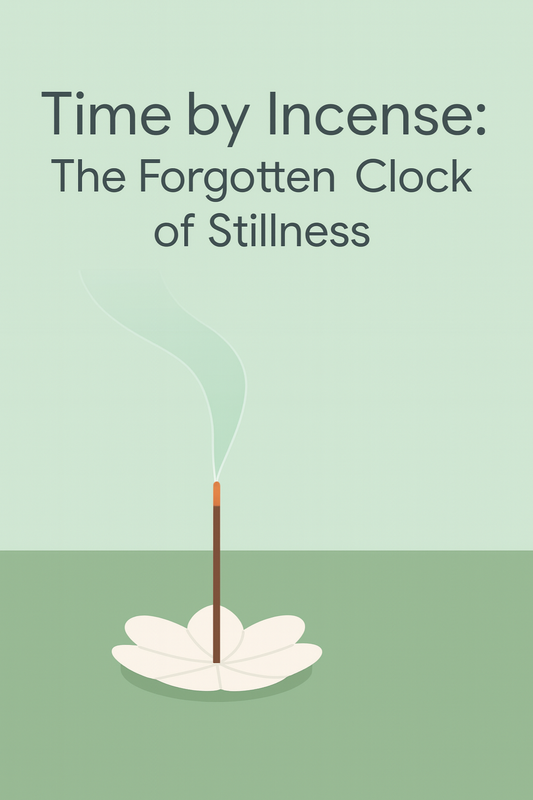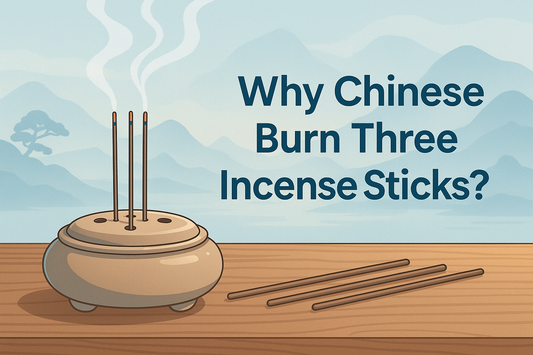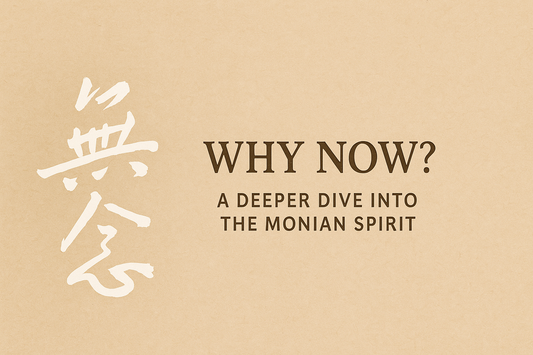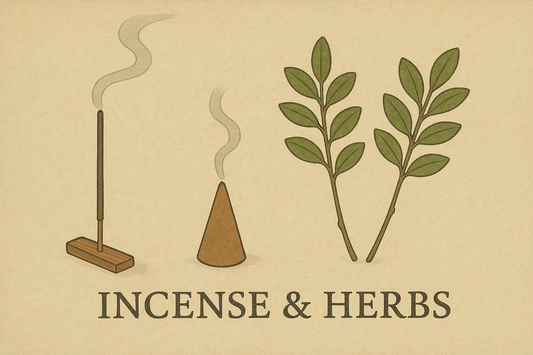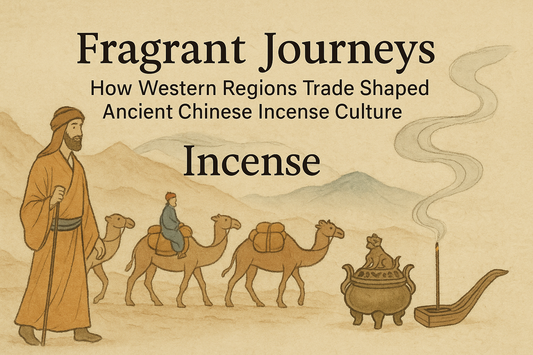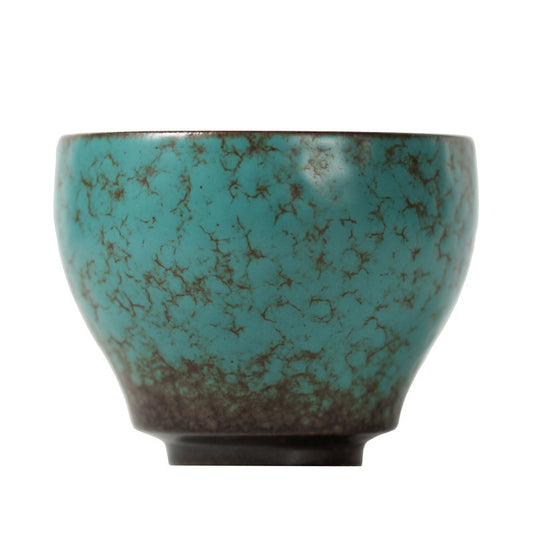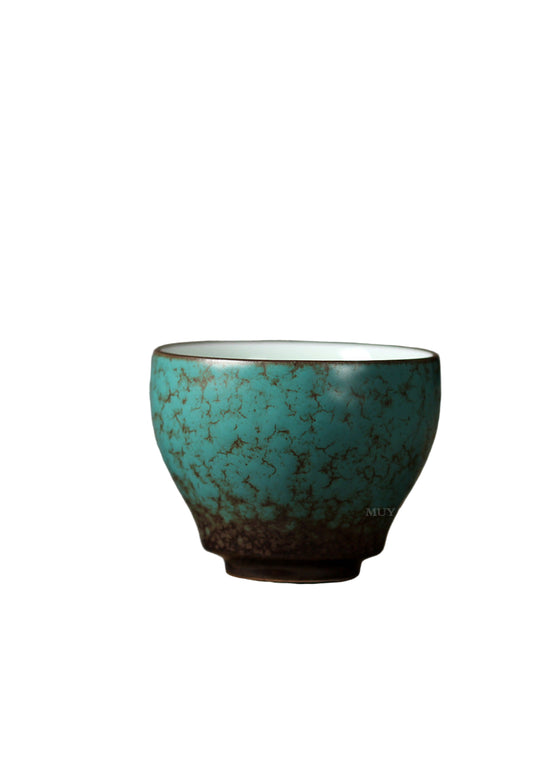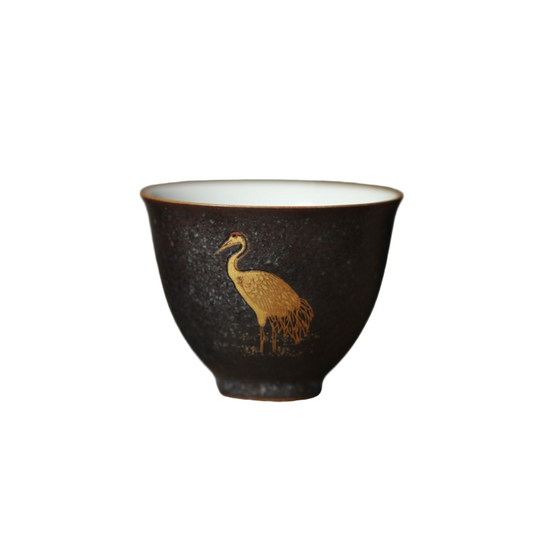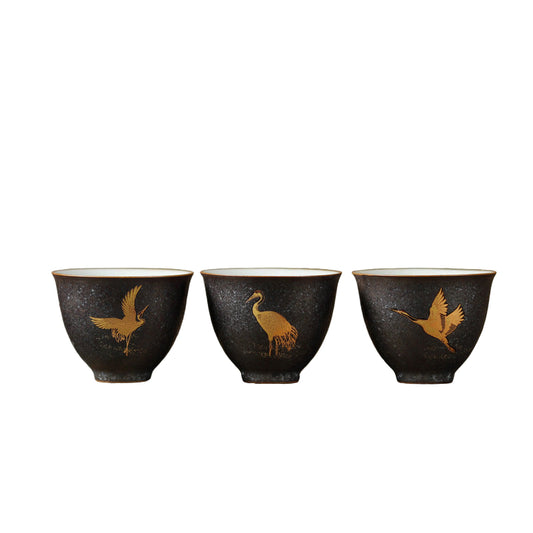
Five Thousand Years of Incense Culture: A Fragrant Journey Through Tim
The Eternal Flame of Tradition: A 5,000-Year Journey of Chinese Incense
When we light a stick of incense, watching the delicate smoke rise and fill the air with tranquility, we become part of a ritual that spans millennia. This seemingly simple act connects us to countless generations who have found calm, spiritual resonance, and aesthetic beauty in the art of incense. But how did incense, a small fragrant stick, become a symbol of mindfulness and heritage? Join us as we trace its journey from sacred fire to soulful ritual.
The Dawn of Incense: Neolithic Beginnings
More than 5,000 years ago, in the Hongshan culture of western Liaoning, grey pottery incense burners etched with zigzag patterns were discovered—early evidence of ritual incense. Across the Liaohe, Yellow, and Yangtze River Basins, similar finds suggest that incense has long been woven into the rhythm of life, signaling not only refinement but spiritual awareness. Even then, people seemed to seek stillness in scent.
Sacred Smoke: Incense in Ancient Rituals
In ancient China, “Liao Sacrifice” practices burned aromatic wood to commune with the divine. By the Shang and Zhou dynasties (1600–256 BCE), incense was institutionalized. The Western Zhou even appointed a “Yuren”—a master responsible for brewing sacred incense wine, a blend of turmeric and black millet. These rituals laid the groundwork for incense as a bridge between earth and spirit.
The Literati’s Companion: Incense in Classical Life
During the Spring and Autumn and Warring States periods, incense began transcending temples, entering homes and study halls. The “Book of Songs” compared the noble character of a gentleman to the fragrance of herbs. Scented sachets adorned nobles, and “Xiao” (wormwood) was used in poetic rituals—proof that incense became a language of emotion and introspection.
The Han Dynasty: Incense as Culture
By the Han Dynasty (202 BCE–220 CE), incense permeated daily aristocratic life—from perfuming robes to freshening breath in court. Agarwood and storax arrived via the Silk Road, enriching China’s palette of natural incense. Its cultural role expanded, and incense began to symbolize taste, education, and spiritual refinement.
Elegance of the Wei, Jin, and Southern Dynasties
In this period (220–589 CE), incense became essential to scholarly identity. The poet Qu Yuan referenced fragrant herbs to symbolize virtue. Wills from this era, like Cao Cao’s, mention incense as part of the family’s treasured possessions. These gestures reflect how incense came to embody memory, intellect, and soulfulness.
The Song Dynasty: The Pinnacle of Incense Art
The Song era (960–1279 CE) saw the emergence of “incense ceremony”—an aesthetic ritual akin to tea ceremony or flower arranging. The “four arts” of a refined scholar included incense. Fragrances were carefully blended to evoke landscapes, emotions, or virtues. Incense became a spiritual painting in scent.
Ming and Qing Dynasties: A Fragrant Tradition Flourishes
From emperors to villagers, incense was integral to daily Chinese life. Buddhist and Taoist temples infused sacred spaces with aroma. Folk rituals like “incense mixing” allowed personal expression. Agarwood and sandalwood reached peak value—traded like gold. Incense evolved into both a personal ritual and public art form.
The Present Moment: Incense in Modern Practice
Today, incense is undergoing a quiet revival. Modern seekers rediscover its benefits across four realms:
- Mindfulness: Fragrance aids focus in meditation and yoga.
- Wellness: Natural incense supports calm and clarity without synthetic disruption.
- Cultural Memory: Burning incense reconnects us to heritage and tradition.
- Artistry: Craftspeople now reinterpret incense through contemporary aesthetics.
At Monian, incense is not a product—it is presence in smoke, memory in air, and poetry without words.
Final Thoughts: A Tradition Still Burning
From Neolithic altars to Zen meditation rooms, incense remains a sacred thread through human history. It marks moments of pause, invites breath into ritual, and creates space for calm. As we move into a world of screens and speed, a single wisp of fragrant smoke reminds us: stillness is timeless.
To explore our handcrafted incense collection is to rediscover a language of presence—an echo of 5,000 years that still speaks softly today.



